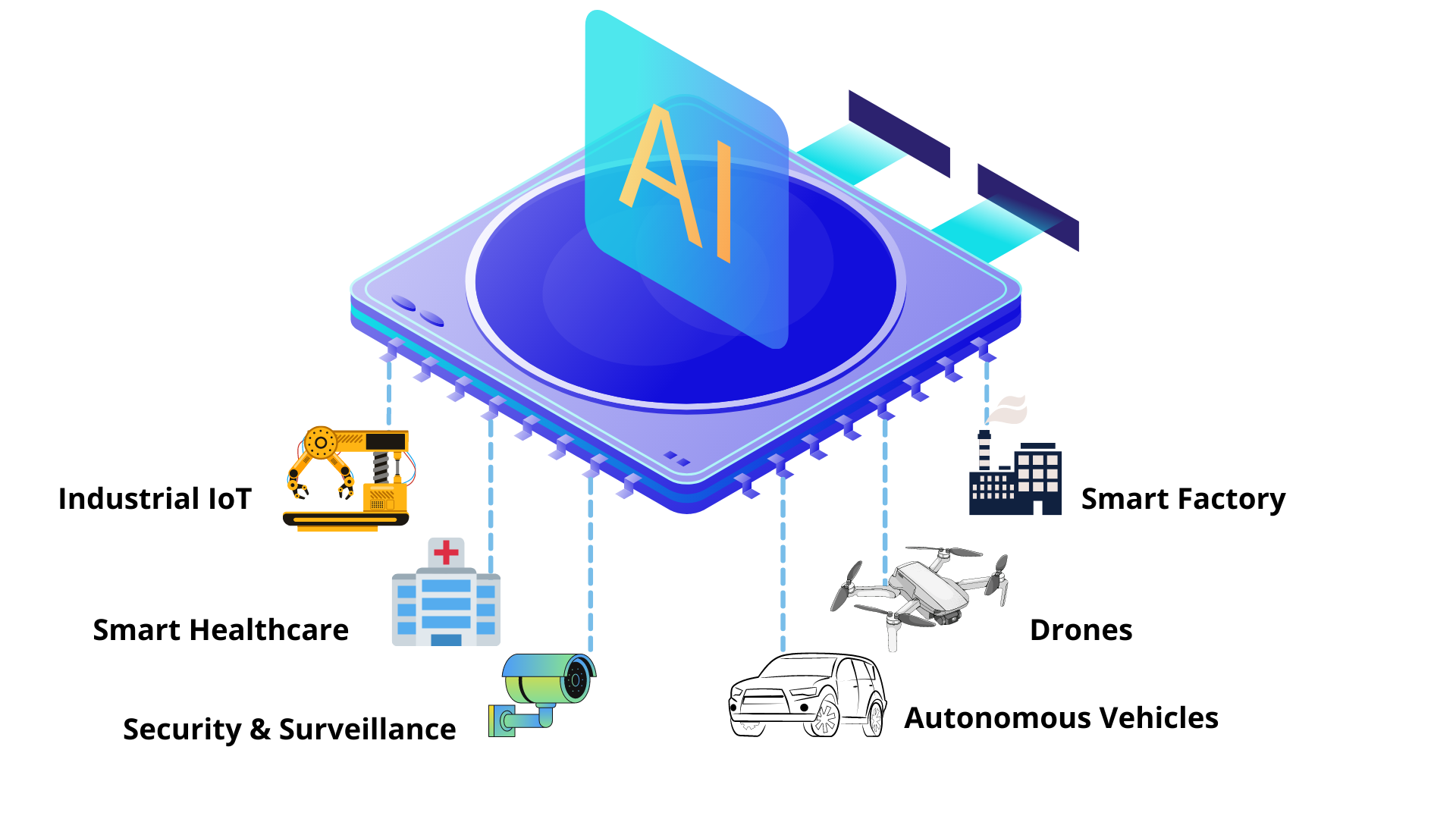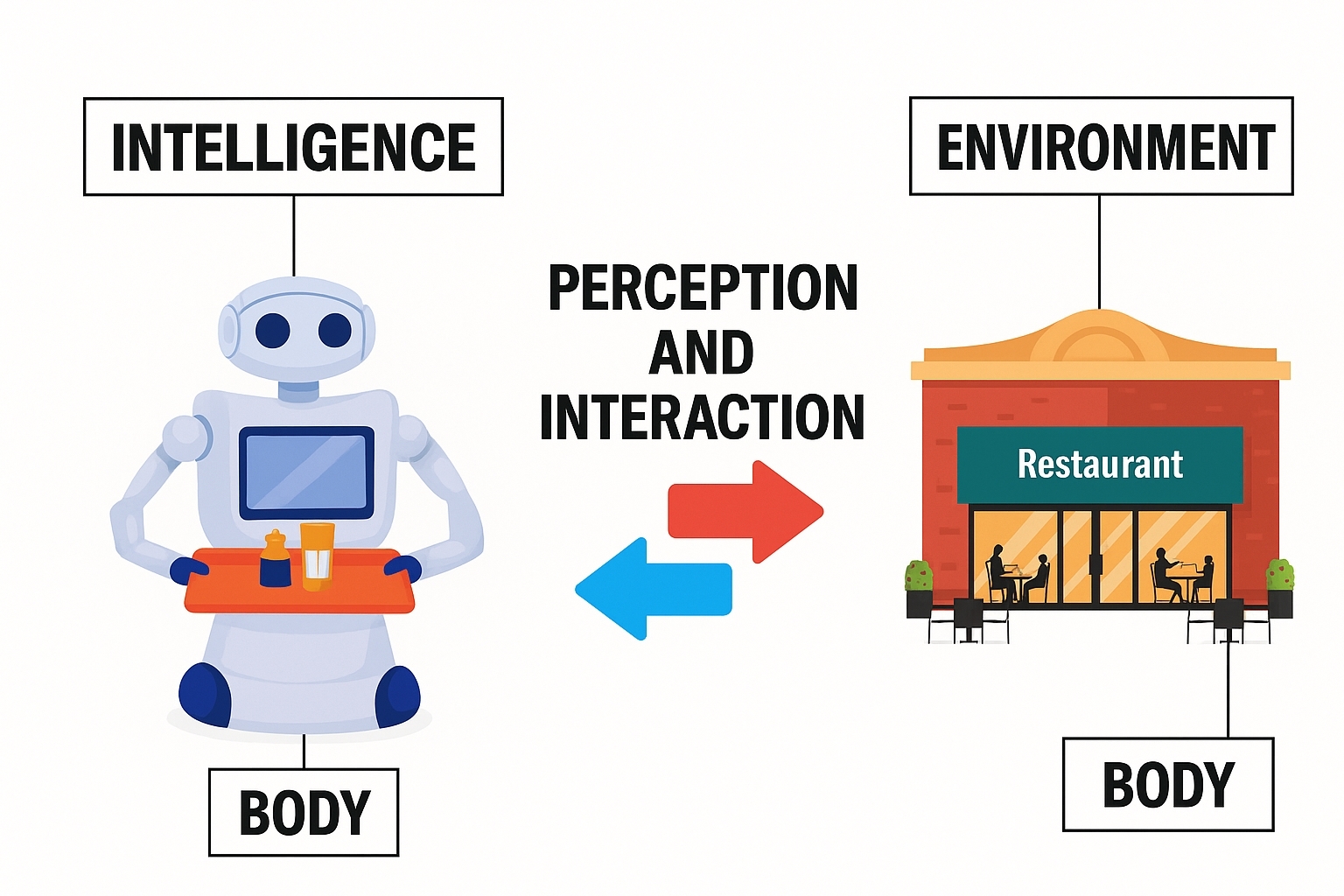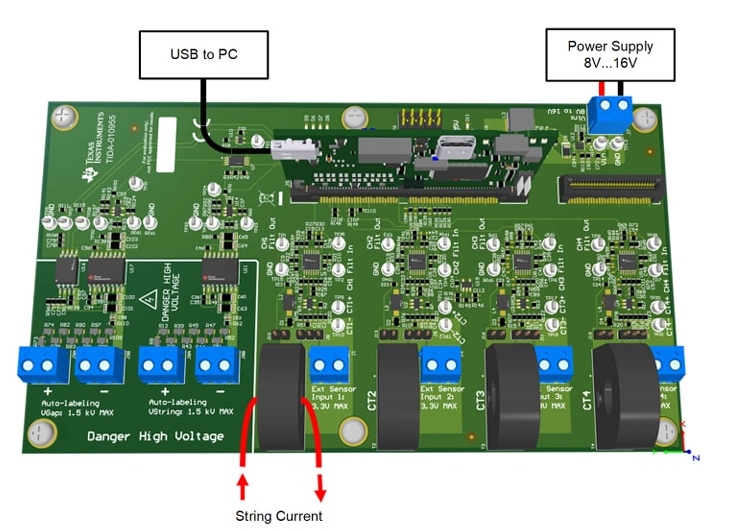Background
Under the wave of digital transformation, privacy protection has become a global challenge. The proliferation of AI cameras, drones, and other visual capture devices has generated large volumes of image data that improve productivity while increasing the risk of sensitive information leakage.
Challenge with traditional methods
Traditional blurring techniques face a dilemma: excessive obfuscation destroys data value, while insufficient obfuscation fails to meet increasingly strict privacy regulations. When Taisei Corporation (Taisei) first introduced image recognition and artificial intelligence, it used cameras with a blurring API to protect personal data. That approach had several limitations.
The API often produced excessive blur, frequently obscuring an entire person's upper body, which negatively affected AI training. It also failed to preserve attributes such as gender and age, since those characteristics were lost during blurring.
Requirements
Taisei required a solution that protected personal privacy while retaining key attributes in images (for example, gender and age) needed for AI training. The solution had to satisfy three objectives:
- Legal compliance: meet the requirements of Japan's Personal Information Protection Law and the EU GDPR
- Data usability: retain basic attributes such as gender and age in processed images
- Technical scalability: support downstream AI analysis needs, such as behavioral recognition and automated construction monitoring, with structured data
Deep Natural Anonymization (DNAT)
For Taisei's needs around anonymization and usability, a Deep Natural Anonymization (DNAT) approach was selected. DNAT uses advanced deep learning to detect faces and license plates in camera feeds. Once detected, DNAT randomly generates a realistic overlay to replace those elements.
This approach effectively conceals personal identifiers while preserving key features in the original data, balancing privacy protection and data utility and addressing Taisei's concerns.
Solution highlights
- Intelligent detection and replacement
- Deep learning algorithms accurately detect faces and license plates in video streams
- Generative AI replaces detections with synthetic, non-identifiable features while preserving attributes such as gender and emotion that traditional camera APIs cannot retain
- Privacy-first processing
- Designed to comply with GDPR and similar standards; processed data cannot be reversed to recover identities
- Compared with traditional blurring, it protects privacy while maintaining data usability
- Efficient edge processing
- Real-time anonymization at 24 FPS for 720p streams on NVIDIA Orin AGX
- Automation reduces the need for manual review
Outcomes and next steps
Adopting DNAT enabled Taisei to protect personal information while advancing AI development. Because DNAT aligns with global privacy benchmarks such as the GDPR, Taisei is considering further collaboration to adapt the technology to broader international personal data protection standards and to support continued development in this area.
 ALLPCB
ALLPCB








